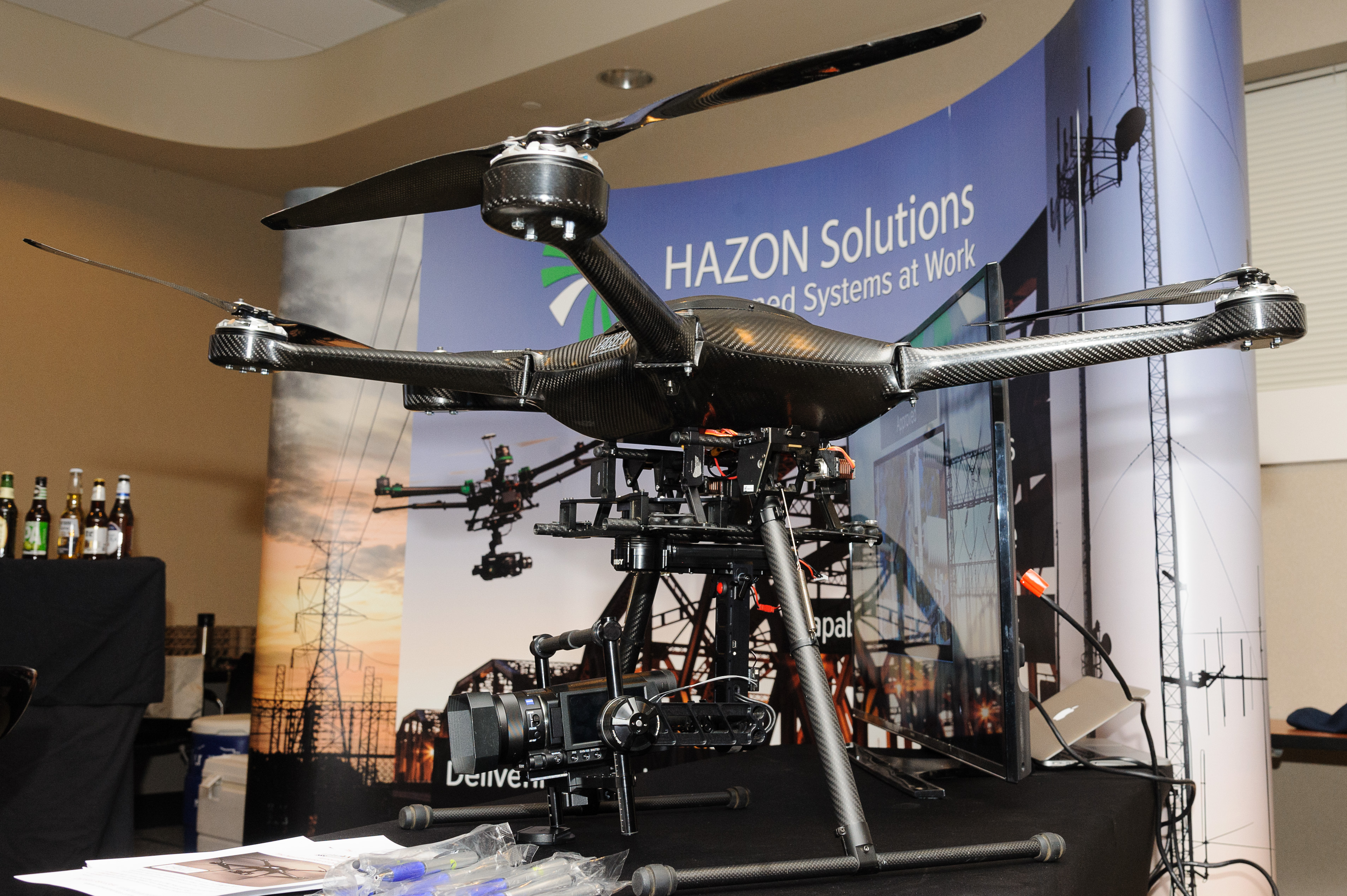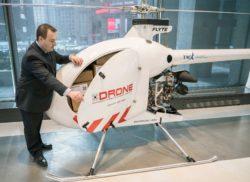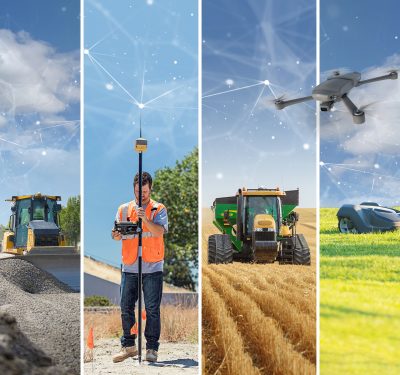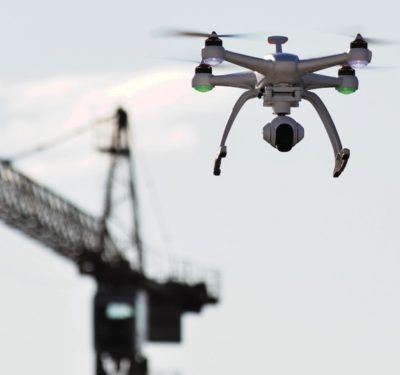
Earlier this month, the Electric Power Research Institute, or EPRI, held its first unmanned systems conference.
The two-day conference, Unmanned Aircraft Systems for Transmission Applications, took place at EPRI’s Charlotte offices. The goal was to bring industry experts together to share practices, technologies and ideas with utilities and the industry. During the event, attendees learned about developments in many areas including research, regulatory and current industry practices for UAS.
A variety of vendors were on hand to talk with attendees about their platforms and how UAS technology can benefit the industry. Vendors included InspecTools, HAZON Solutions, Unmanned Experts, AeroVironment, Advanced Aerial Inspection Resources, Aerial Inspection Resources and Asymmetric Technologies.
“This event specifically focused on inspection and assessment of transmission assets,” said Andrew Phillips, who directs EPRI’s drone research. “It was really targeted. When you go to an average UAS conference they might talk about inspecting golf courses or flying UAS for real estate, but this was targeted to the utilities industry, and specifically transmission assets. It was so targeted that a lot of value came out of it.”
EPRI members are excited about the potential benefits UAS technology can bring to utility inspection, Phillips said, and are eager to learn more about UAS capabilities. Many see UAS eventually becoming an important tool in their tool box, but before that can happen, they have to find a responsible, safe way to incorporate UAS into utility inspections as well as other tasks.
EPRI, an independent nonprofit organization that conducts research, development and demonstration relating to the generation, delivery and use of electricity, is in a unique position to bring these industries together. Conferences like this make it possible for both sides to exchange ideas and to learn from each other.
UAS manufacturers typically aren’t very familiar with transmission lines, distribution lines or substations, while members of the utilities industry likely don’t know much about UAS technology. This type of collaboration between the two industries will help them understand each other and how they can work together to reach their common goal: to find the best way to implement this emerging technology into the utilities industry and to ultimately make inspections safer and more economical.
“I have not been to a conference in a long time where there was so much back and forth and so many questions,” Phillips said. “The technology is moving so fast, every presentation was interesting and offered something new.”






